Towers of Silence
A Tower of Silence or ‘dakhma’ can be found outside the Zoroastrian centres of Iran and Uzbekistan or you might find a Tower of Silence in use today in India. Enigmatic and imposing to today’s visitors, these religious megaliths were once used in the purification of the dead and for the funerary rights of the ancient Zoroastrian religion.
Zoroastrianism
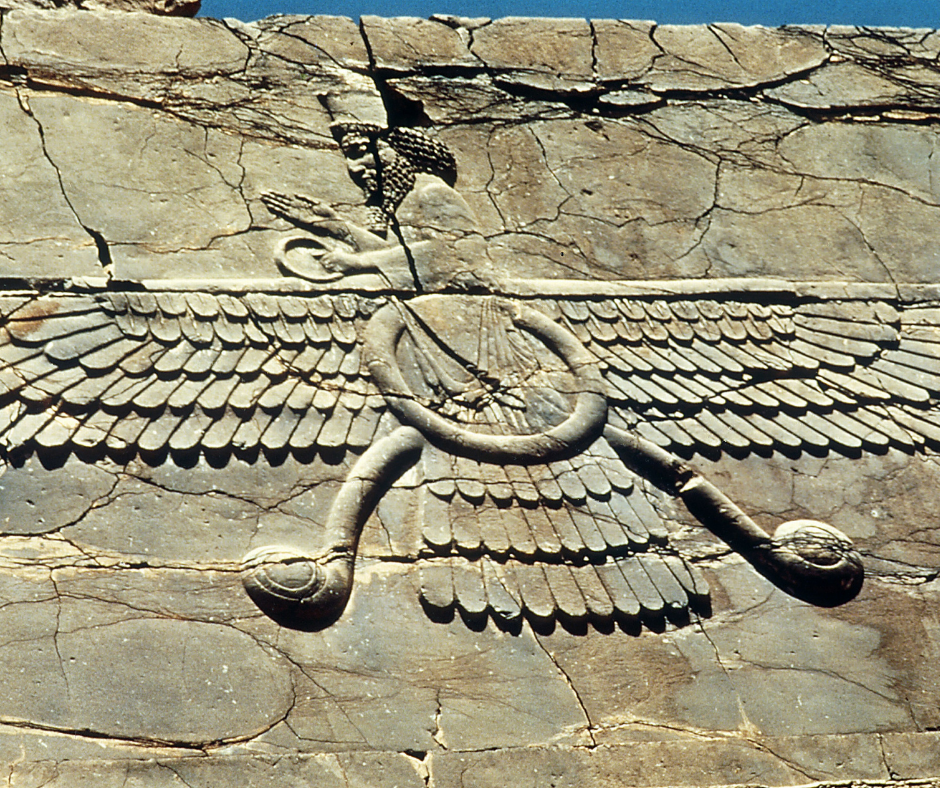
Zoroastrianism is one of the worlds oldest living religions. Zoroastrianism is based on the teachings of the Iranian speaking prophet Zoroaster. It has a dualistic cosmology of good and evil, with a monotheistic framework predicting the triumph of good over evil. Zoroastrianism exalts an uncreated and benevolent deity of wisdom known as Ahura Mazda (Lord of Wisdom) as its supreme being.
The Zoroastrians have an ecclesiastical code of instruction that tells them what they must do to prevent contamination by cadavers. The code states that the dead must not come into contact with earth, fire or water and must be left out in the sun for the scavengers to eat, away from the local population.
The Zoroastrians believed that as soon as a person died the ‘Nasu’ or corpse demon would rush into their body and then contaminate everything that body came into contact with.
History
The Zoroastrian religion is over 3000 years old, however the first reference to the dead being ‘left out’ actually comes from the Greek historian Herodotus writing in the 5th century BCE. Herodotus tells us that these ‘secret rites’ occurred after the corpse had been dragged around by a dog or bird (must have been a pretty big bird, don’t ask us about the logic of Herodotus) and that the Magi, Zoroastrian priests practiced this quite openly before the body was embalmed with wax (separating it from the elements) and then laying the body in a trench.
The first reference to a Tower of Silence occurs in the 9th century CE. In Iran, the Tower of Silence outside the city if Yazd was in use up until the 1970’s when the practice of leaving the dead out was outlawed by Iran’s government. This was done for two reasons, the first was that the Towers which were first founded on the outside of the city were now becoming a part of it due to urbanisation. The other reason was far more sinister. Islam considers the unnecessary dissection of corpses a form of mutilation. Hence with the arrival of the modern age and Iranian medicals schools, there was a lack of cadavers for medical students to practice on. This meant that a Tower of Silence was often raided for corpses to be dissected at medical schools. This understandably caused embarrassment and dismay in the Zoroastrian community.
Zoroastrians now bury their dead in cement or stone lined graves to prevent contamination and contact with the elements by demons. This method is not too different to the ancient method of embalming the corpse with wax as originally described by Herodotus.
Historically, Zoroastrianism with its belief in heaven, hell, free will, angels and demons, as well as judgement after death may have influenced other religious and philosophical systems including the Abrahamic religions and Greek philosophy.
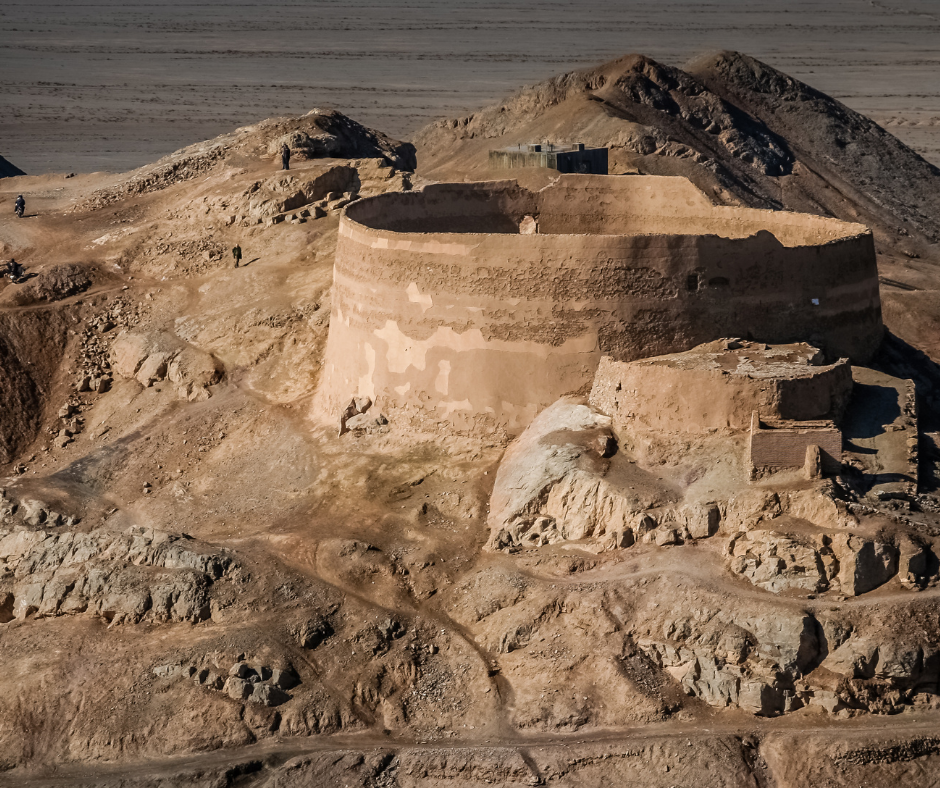
Today Towers of Silence can be found in both Iran and Uzbekistan, as well as functional towers in India.
Method & Description
The Tower of Silence from a distance often looks like a flat toped mountain or hill and is built for the sole purpose of ‘excarnation’, that is the exposure of human corpses to the elements. The top of the tower which is circular is divided into three concentric rings each lower than the last. The outer ring is for men, the middle ring for women and the smaller inner ring is for children. Once the corpse is left at the top of the tower, the sun, vultures and other scavengers such as dogs assist in its decomposition.
In the centre of the tower is a pit, or ossuary where the bones are eventually deposited. The breakdown of the corpse in this way (until only bone remains) can take up to a year. Once the bones have been deposited in the pit, lye is added so that further breakdown can begin until there is nothing left.
Can I visit?
You can visit a Tower of Silence in both Uzbekistan at Chilpik and in Iran at Yazd. Both Towers are located a fair way from the city which they used to serve so you will either need to be on an organised tour or have negotiated with someone locally to take you out there.
If you want to visit a Tower of Silence, you can on our Hell’s Hottest Heart trip to Iran or our Heart of the Silk Road trip to Uzbekistan.
If you wish to visit a Tower of Silence in India, you can do so from the outside only as these religious structures are still in use in India today to dispose of the dead.
For further information please feel free to drop us a line on info@invertedatlas.com or call us on +61 (2) 7229 1926.


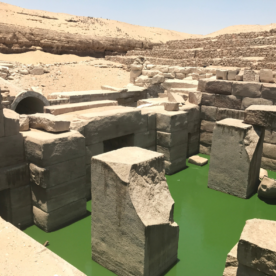
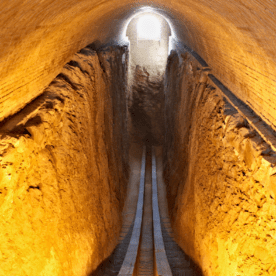
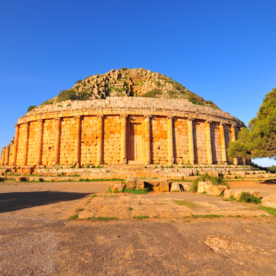

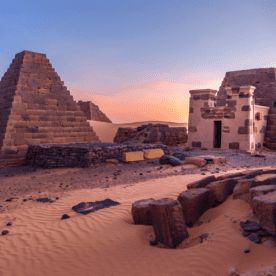
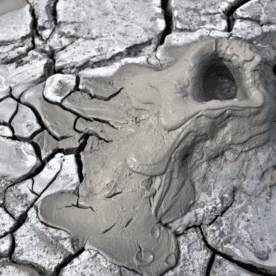
Katherine
I’m not that much of a online reader to be honest but your
sites really nice, keesp it up! I’ll go ahead and bookmark your
website too come back later on. All the best https://www.waste-ndc.pro/community/profile/tressa79906983/